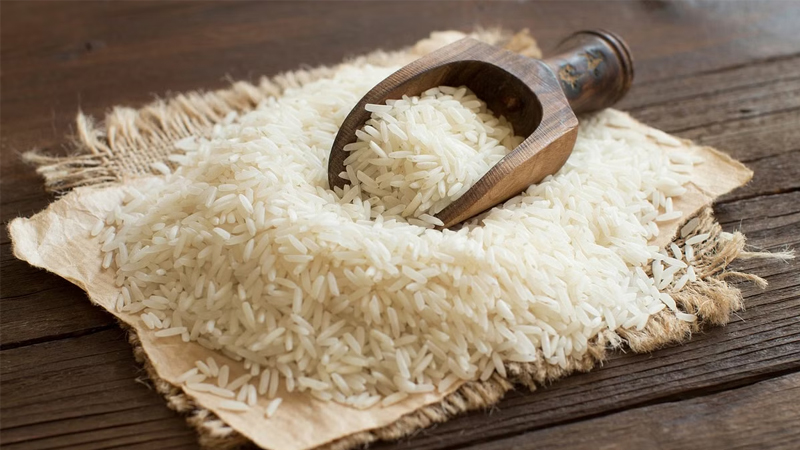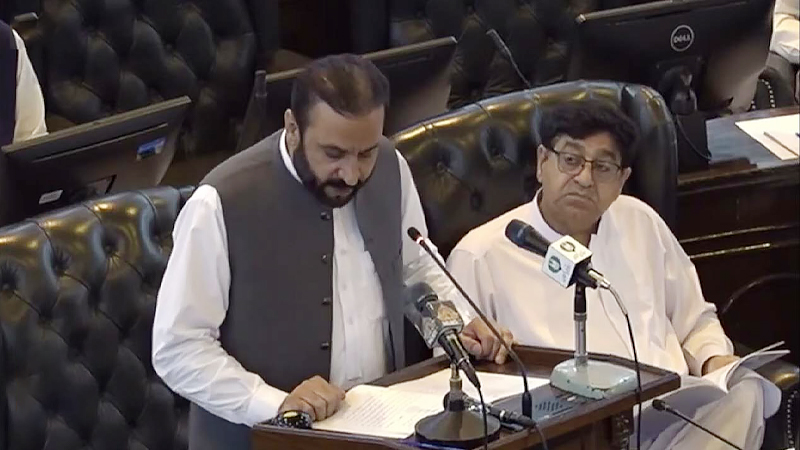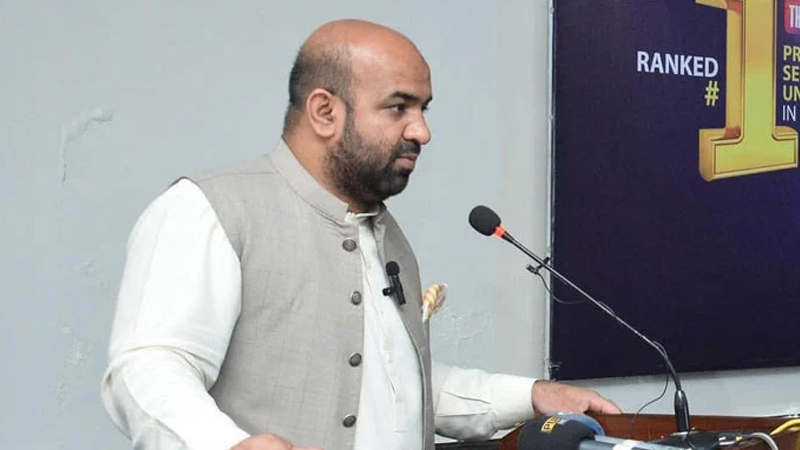India’s basmati rice exports are expected to decline in 2024, following last year’s impressive surge that nearly reached a record high. Industry insiders attribute this decline to Pakistan’s aggressive pricing strategy, buoyed by a rebound in production.
India and Pakistan, top exporters of the premium long-grain basmati rice, are facing off in global markets, catering to countries like Iran, Iraq, Yemen, Saudi Arabia, the United Arab Emirates, and the United States.
The numbers tell the tale of a flourishing 2023 for India, with basmati rice exports soaring by 11.5% to 4.9 million metric tons, just shy of the record set in 2020. This boosted India’s earnings to a record $5.4 billion, a remarkable 21% increase from the previous year, thanks to higher prices.
Vijay Setia, a prominent exporter from Haryana, explains the shift in dynamics, saying, “Last year, buyers rushed to stock up when Pakistan faced production issues. This year, however, Pakistan is offering lower prices due to increased production.”
Pakistan, aiming for a considerable surge in rice exports, projects a rise from 3.7 million tons to 5 million tons in the 2023-24 financial year, as stated by Chela Ram Kewlani, chairman of the Rice Exporters Association of Pakistan.
The depreciation of the Pakistani rupee is cited as a key factor making Pakistani exports more competitive, according to Akshay Gupta, head of bulk exports at KRBL Ltd.
On the flip side, a roughly 10% increase in India’s basmati rice production is met with lower export demand, pulling down prices within the country, says Gupta.











Leave a Reply